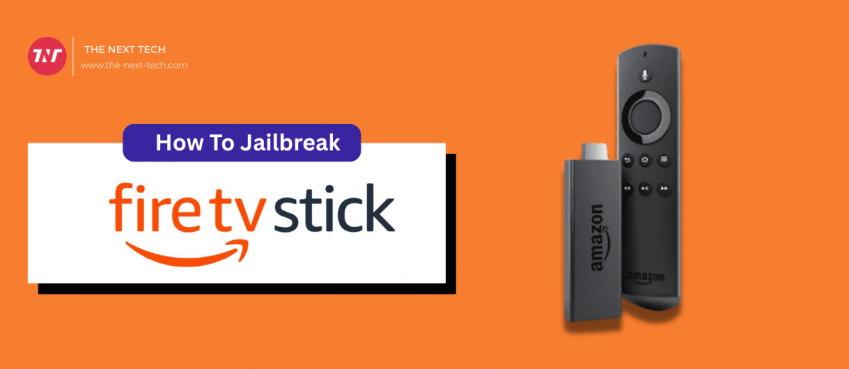
AIt is not easy to build an e-wallet with a higher return on investment. It requires a staged approach to the eWallet app development. There are three phases to an eWallet’s lifecycle: MVP, initial launch, and expansion.
FinTech developers make use of agile development to maximize the benefits of the staged approach. My years of experience in eWallet development and design have taught me that the best eWallets are those with the most innovative features. They get introduced to the market slowly, with limited features.
The digital wallet will not require features such as third-party bill payment when it reaches the MVP stage. These features will be added later, during the expansion phase. eWallet service providers can launch a beta version of their app earlier than expected to allow them ample time for feedback before launching a fully-fledged app.
What is the ROI of an app?
You can determine what success looks like for your business to calculate an app’s ROI. If you are looking to maximize your return on investment (ROI), consider adding features that directly impact your bottom line.
Advertising combined with services is the most popular way to make money from an app. These include selling products through an online shop, charging money transfers, or offering in-app purchases.
Also read: 10 Best Android Development Tools that Every Developer should know
Make an eWallet App – Starts here
In the second part of this article, I will walk you through each stage. Let’s first take a look at 2021’s payment market.
- Soon, the dream of a cashless society is a reality. Here are the 2021 growth statistics for e-wallets:
- The digital payment transaction value will surpass $6,685.10 trillion by 2021. With a CAGR of 12.2%, the transaction value will increase further to $10,520.22 trillion by 2025.
- China will be the leader of the market with a greater than 40% share of total transaction value by 2021.
- Digital commerce will have the largest share of digital commerce in 2021, with more than 62%.
E-Wallet MVP Stage
MVPs serve to validate the concept of digital wallet apps. You can launch an MVP in the marketplace quickly, so you can tap into the market opportunity as soon as possible. An eWallet app MVP costs are significantly less than a fully-fledged wallet application.
The right mix of functionalities and features should be included in your eWallet MVP to ensure its effectiveness. These are the features that you should consider when designing your eWallet MVP.
Seamless Onboarding
eWallet service providers must adhere to several guidelines that can often deteriorate the user experience. Nobody wants to provide a poor user experience.
The users will need to upload documents for identification verification. They can also link their bank accounts and debit cards for payments when setting up the digital wallet app. This can be overwhelming for them and could lead to the abandonment of the app.
Also read: Top 6 Tips To Stay Focused On Your Financial Goals
QR-Code Based Payments
The MVP version will allow contactless payments via QR codes. At the MVP stage, NFC is not required as most smartphones can scan QR codes with their cameras.
Manage your account and view payment history
Users should be able to access their account information and set preferences through the eWallet. They will be able to view their payment history and stay in control of their payments by giving them access.
Additional Features for the eWallet Initial Stage
This MVP stage allows app service providers to get user feedback and test their idea. The eWallet service providers will launch the app with all the features and functionalities required to provide users with everything they need for making payments.
NFC payments can be implemented
This is the most important feature in Samsung Pay. This feature should only be implemented if an eWallet application is made for developed markets. This is because NFC-enabled devices are more common in developed countries than those that are cheaper.
Chatbot
Customer support is essential for money handling. But, outsourcing and allocating staff for this task will increase the cost of managing a virtual Wallet. Chatbots powered by AI is the best way to reduce customer support costs.
Also read: Walmart Pharmacy Hours & Number (Complete Guide!)
Payments to Third-Party Bills
An eWallet service provider should enable third-party payments in every digital wallet app. Users will choose eWallets that allow them to do more than P2P payments.
Automated Payments
Users should be able to automate payments for multiple services through the eWallet. To prevent fraud, eWallet service providers may limit transaction values.
Splitting bills and payment requests
These innovative features can be integrated into an eWallet application in a matter of minutes. Users should be able to split bills and send payment requests to other users of eWallet. This will make the eWallet app more flexible in 2021.
Advanced Features for Service Extension
As eWallets mature, they will offer more advanced functionalities and features for users. These are some of the more advanced features you should consider implementing in your eWallet as part of the service expansion phase.
Budgeting and Spend Analyzer
The customer’s payment information will be stored in your e-wallet app. All that data can be used to create new features for customers. You and your customer will have a stronger relationship if you allow them to plan their spending to improve their financial health. They will also use your ewallet app more often if they have used the spend analysis and budgeting features.
Wearable Device Integration
This is not a service expansion feature but it is costly. This feature should only be implemented if the target audience is sufficiently connected to their devices.
Book Your Tickets
This feature can be implemented by partnering up with third-party service providers such as Cinemas, Transport companies, and travel agencies.
Your customers will be able to access their digital wallet balances more easily.
Also read: AI Avatar 101: The Basics You Need To Know
Card Management
This feature allows users to manage their payments (i.e. cards issued by banks), but also includes issuing debit/credit card on behalf of your ewallet business.
Conclusion
It’s not so easy.Make an eWallet AppWhen compared to traditional apps. A phased approach to development will ensure a faster return on investment. eWallet app development cost. Each phase will offer valuable market and user feedback. A flexible development approach allows eWallet service providers the ability to incorporate market trends in their eWallet apps.
Top 10 News
-
01
Top 10 Deep Learning Multimodal Models & Their Uses
Tuesday August 12, 2025
-
02
10 Google AI Mode Facts That Every SEOs Should Know (And Wha...
Friday July 4, 2025
-
03
Top 10 visionOS 26 Features & Announcement (With Video)
Thursday June 12, 2025
-
04
Top 10 Veo 3 AI Video Generators in 2025 (Compared & Te...
Tuesday June 10, 2025
-
05
Top 10 AI GPUs That Can Increase Work Productivity By 30% (W...
Wednesday May 28, 2025
-
06
[10 BEST] AI Influencer Generator Apps Trending Right Now
Monday March 17, 2025
-
07
The 10 Best Companies Providing Electric Fencing For Busines...
Tuesday March 11, 2025
-
08
Top 10 Social Security Fairness Act Benefits In 2025
Wednesday March 5, 2025
-
09
Top 10 AI Infrastructure Companies In The World
Tuesday February 11, 2025
-
10
What Are Top 10 Blood Thinners To Minimize Heart Disease?
Wednesday January 22, 2025







